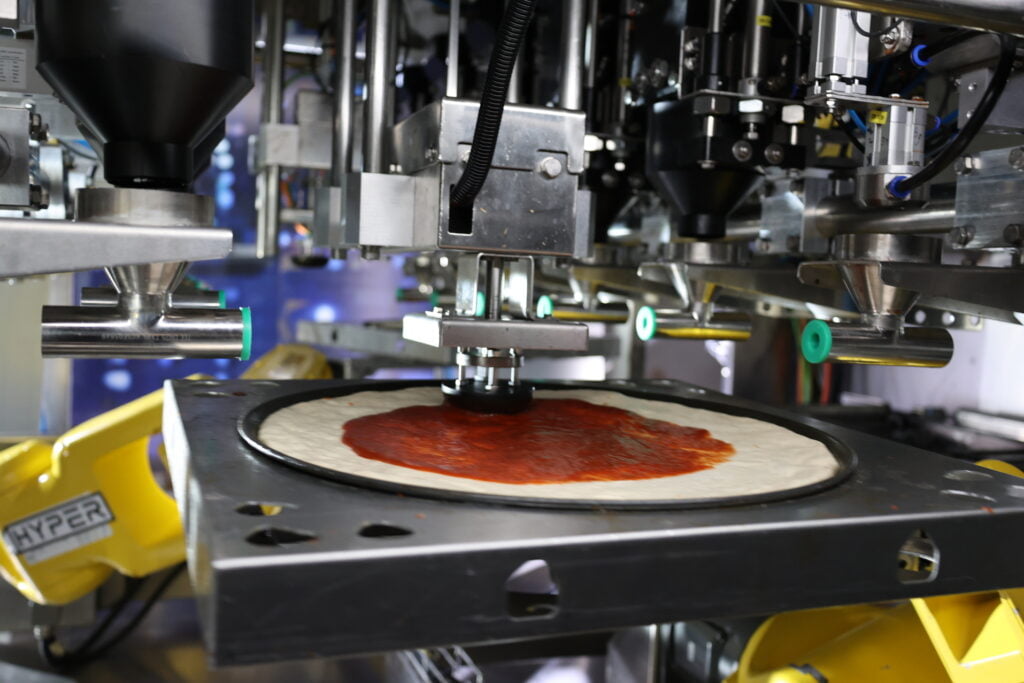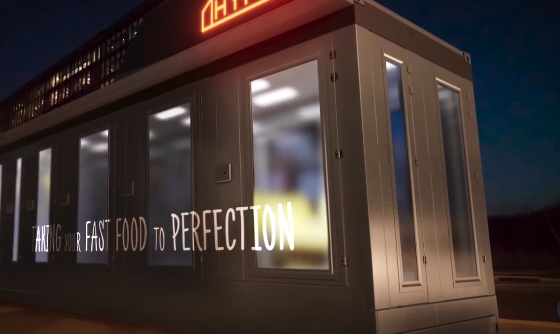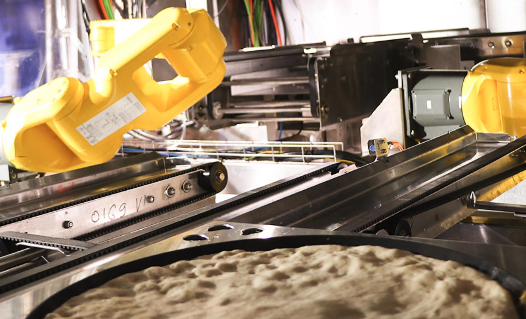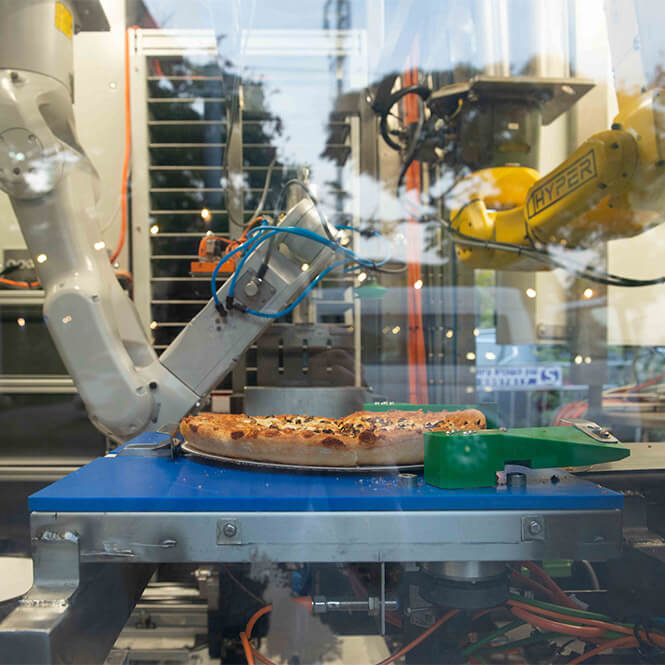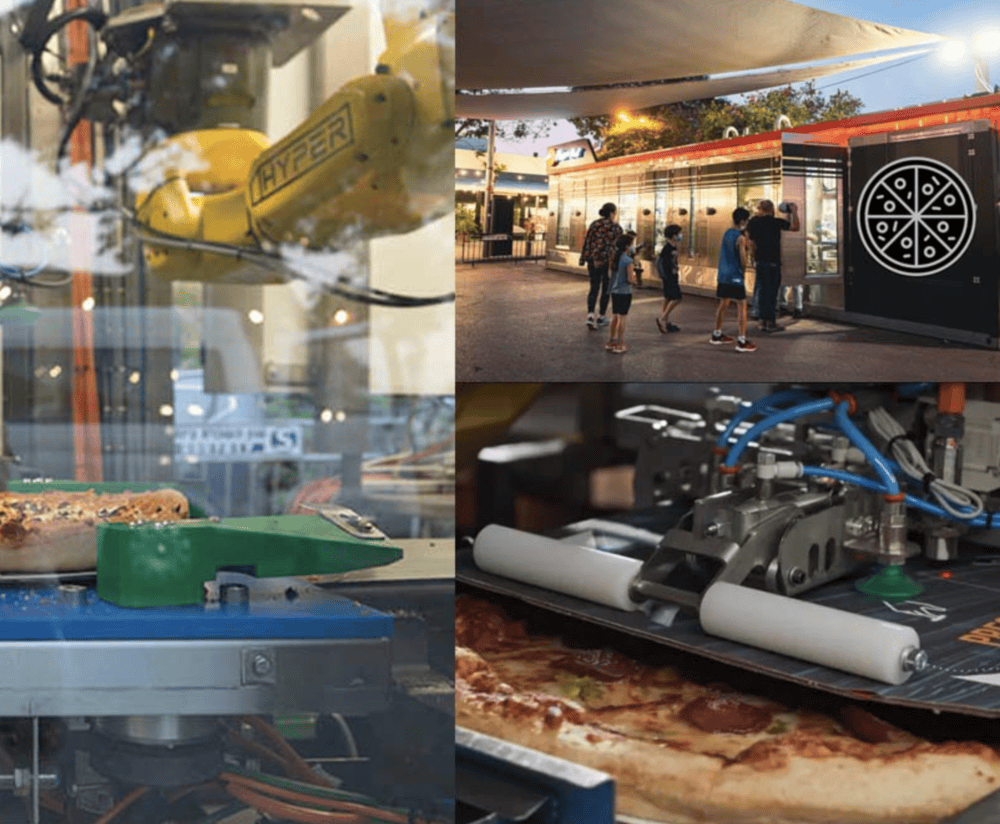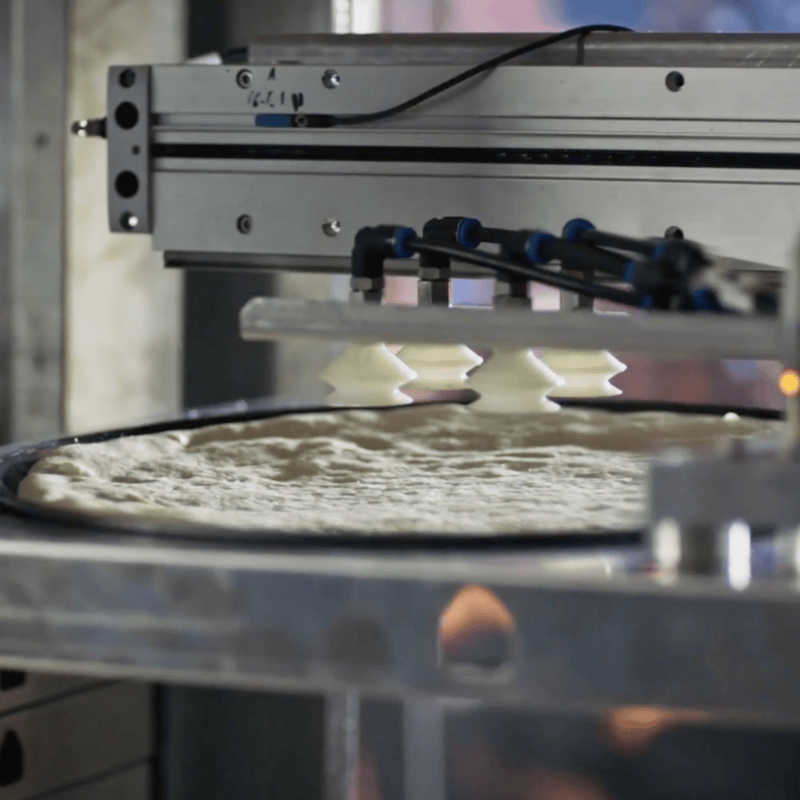Fast-food giants are tapping into hyper-robotic solutions to keep kitchens humming while the labor pool shrinks. Automation is no longer a sci-fi trope but a practical answer to a very real staffing crisis.
The crossroads of labor shortages and advanced robotics are reshaping fast-food as you know it. Hyper Food Robotics, Miso Robotics, and others are rolling out fully automated kitchens that promise to deliver speed, savings, and consistency. Restaurants hope these developments will help them tackle rising costs, a steady stream of worker departures, and the relentless demand for fast, error-free service.
How does this fusion of technology and dining affect your next meal? Why are chains betting big on robots instead of people? Are jobs at risk, or is the industry simply evolving to meet new challenges? In this article, you’ll get a taste of how automation is tackling labor shortages, where these innovations are making the biggest impact, and what it all means for your wallet and your next order.
Table of contents:
– Where the labor shortage meets robotics: Behind the kitchen doors
– How hyper-robotic fast-food works: The nitty-gritty of automation
– Why this matters for you (and the industry)
– Key takeaways for decision-makers and diners alike
Where the labor shortage meets robotics: Behind the kitchen doors
Think back to 2021. Over 250,000 restaurant workers in the US walked away from the industry, seeking stability and new careers elsewhere. The fast-food sector, notorious for high turnover and relentless pressure, was hit especially hard. Many locations found themselves unable to keep up with demand. You might remember longer waits or seeing your local spot adjust hours due to staffing shortages.
Enter Hyper Food Robotics and a wave of automation-focused startups. Rather than scrambling for replacement staff, chains are now investing in autonomous technology. The robots are not just gimmicks. They are flipping burgers, assembling salads, making ice creams and running inventory checks. Places with the highest turnover, kitchen lines, grill stations, and even front counters, are seeing a tech-driven overhaul.

What’s striking is how quickly this shift has happened. McDonald’s, for example, opened its first largely automated location in Texas where customers order through kiosks, pick up meals from a conveyor, and see robots handling tasks behind the scenes. Chipotle is experimenting with its Autocado robot, which preps avocados for guacamole. The message is clear: robots are moving from the novelty bin to the backbone of fast-food operations.
How hyper-robotic fast-food works: The nitty-gritty of automation
So, what exactly makes a fast-food restaurant “hyper-robotic”? Let’s break down the main components you’ll find in a fully automated eatery.
Robotic kitchen staff: Take Flippy, the burger-flipping robot from Miso Robotics. Flippy cooks, flips, and even cleans the grill, all with more consistency than the average human. It can handle over 300 burgers a day, which not only eases staffing issues but also improves food safety by minimizing human contact.
Automated servers and cobots: Some robots are designed to work alongside people, delivering meals to tables or clearing trays. Others are fully autonomous, weaving through dining rooms to handle the bulk of service. Restaurants like Chili’s have tested these systems to help staff focus on customer interactions.
Automated storage and retrieval systems: Behind the scenes, robots manage ingredients and supplies. Hyper Food Robotics integrates AS/RS systems that keep the kitchen stocked and organized, slashing the time spent searching for ingredients and reducing waste.
Self-ordering kiosks: You have probably used these already. They let you place and customize your order without waiting for a cashier. According to Forbes, self-service ordering can cut wait times by up to 40% and reduce labor needs during busy hours.
Autonomous delivery robots: Think of the small, locked boxes on wheels you might see zipping along city sidewalks or on college campuses. These delivery bots bring your food directly from the kitchen to your doorstep or dorm, no tip required.
Why this matters for the industry
For restaurant owners, the benefits of automation are more than just convenience. Labor accounts for up to a third of operating costs. With robots, that number drops sharply. Hyper Food Robotics claims their systems can slash operational costs by as much as 50%. Even a 10% reduction could mean the difference between profit and closure for many franchisees.
But it is not just about money. Consistency is a huge driver. Robots do not call in sick, get distracted, or have bad days. Your fries arrive hot, your burger is cooked to spec, and your order is ready on time. For you, the customer, that promises a better, faster, and often safer dining experience.
Food safety also stands to improve. Automation reduces the risk of contamination, human error, and improper food handling. Take Autocado at Chipotle: it can prep hundreds of avocados per hour without ever missing a beat or forgetting to wash its “hands.” Restaurants can keep up with hygiene standards that are tougher to enforce with a revolving door of staff.
The environment is another hidden winner. Automated systems often run more efficiently, using less energy and cutting food waste. Hyper Food Robotics, for instance, has designed its kitchens to maximize resource usage and minimize what ends up in the trash. This aligns well with growing consumer demand for greener, more responsible business practices.
What about jobs? It’s a fair question. Robots will take over repetitive, physically taxing roles, but that doesn’t mean humans are out of the picture. The industry is shifting toward hiring workers for more technical tasks: managing the robots, troubleshooting, and handling customer service. The need for tech-savvy staff is on the rise, creating new opportunities for people willing to adapt and learn.
Real-life examples
McDonald’s Texas pilot location is one of the most widely cited examples of this shift. Customers walk in, order at a kiosk, and receive their food from an automated system. No cashier, no kitchen crew visible, just a handful of staff behind the scenes maintaining the technology.
Chipotle’s Autocado shows how even a single process can benefit from automation. Prepping avocados for guacamole was once a messy, time-consuming task. Now, a robot takes care of it with precision, speeding up service and freeing up human workers for more engaging tasks.
Even delivery is getting a robotic facelift. Grubhub’s partnership with delivery robot companies means students at some universities are now getting their late-night snacks from a four-wheeled bot. It is contactless, reliable, and a glimpse of what city delivery could look like in the near future.
Challenges and the road ahead
Of course, automation is not a silver bullet. Upfront costs for new equipment can be steep, especially for smaller, independent restaurants. There are also growing pains as staff learn to work with (rather than against) their robotic colleagues. And while customers generally appreciate the speed and novelty, some still value the human touch, a smile or a chat at the counter.
The industry’s response? A blend of both worlds. Chains are deploying robots where consistency and speed matter most, while keeping people in roles where hospitality and personal service shine. Expect more experimentation and hybrid solutions in the coming years as everyone searches for the right balance.

Key takeaways
– Embracing hyper-robotic fast-food solutions can reduce operational costs by up to 50%.
– Automation improves consistency, food safety, and customer satisfaction.
– Robots are handling repetitive kitchen and delivery tasks, freeing up humans for more skilled roles.
– The industry is shifting toward a mix of automation and personalized service to meet changing consumer expectations.
– Upfront investment in automation can be high, but long-term savings and efficiency gains are significant.
The way forward is not about replacing humans with robots, but about making fast food more efficient, safe, and reliable for everyone, whether you are grabbing a quick lunch or running a franchise. As you watch robots take over the grill or deliver your fries, you have to wonder: Will the rise of hyper-robotic kitchens change what you look for in a dining experience? How will you adapt if your next job interview is for a position managing robot staff? And are you ready to trust your favorite meal to a machine?
FAQ: Hyper-Robotic Solutions for Labor Shortages in Fast-Food
Q: How do hyper-robotic solutions help solve labor shortages in fast-food restaurants?
A: Hyper-robotic solutions automate key tasks such as cooking, order delivery, and customer service, reducing the need for human workers in repetitive, high-turnover roles. This allows restaurants to maintain efficient operations even when facing staffing challenges.
Q: What types of tasks can be automated in a fast-food setting?
A: Tasks that can be automated include food preparation (e.g., burger flipping, frying), order taking via self-order kiosks, inventory management with Automated Storage and Retrieval Systems, serving and bussing tables with autonomous robots, and contactless order delivery.
Q: What are the main benefits of implementing robotic automation in fast-food restaurants?
A: Key benefits include significant cost reduction (up to 50% in operational costs), improved consistency and speed of service, enhanced food safety and quality, and greater sustainability through reduced waste and energy consumption.
Q: How does automation affect existing staff and job opportunities?
A: While robotics reduce the need for staff in repetitive roles, they also create new opportunities for employees to transition into positions focused on managing AI systems, customer experience, and other complex tasks, helping address the industry’s skill gap.
Q: Can robotic solutions improve customer experience in fast-food restaurants?
A: Yes, robotics enhance customer experience by speeding up service, minimizing errors, and ensuring consistent food quality. Self-order kiosks and automated delivery options also offer greater convenience and shorter wait times for customers.
Q: Are hyper-robotic solutions sustainable for the fast-food industry?
A: Absolutely. Robotic systems are often designed to optimize resource use, minimize waste, and lower energy consumption, aligning with the growing demand for environmentally responsible business practices in the food service sector.
About Hyper Food Robotics
Hyper Food Robotics specializes in transforming fast-food delivery restaurants into fully automated units, revolutionizing the fast-food industry with cutting-edge technology and innovative solutions.
Hyper-Robotics addresses inefficiencies in manual operations by delivering autonomous robotic solutions that enhance speed, accuracy, and productivity. Their robots solve challenges such as labor shortages, operational inconsistencies, and the need for round-the-clock operation, providing solutions like automated food preparation, retail systems, and kitchen automation.
